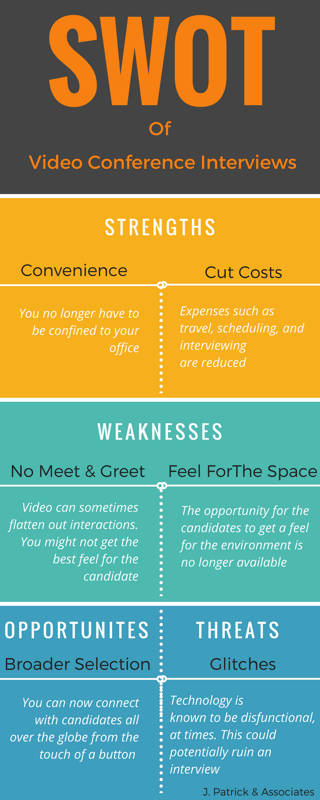
At the most basic level, workplace diversity is important because it represents fair and equitable hiring practices. It's reflective of society and the truth of our demographics. After all, according to the US Census Bureau, Asian, Hispanic and multiracial groups will hit majority status by 2044.
Our businesses need to reflect who we are.
But there's another reason businesses need to focus on building an inclusive workforce: a broad spectrum of talent and ideas is vital for success. Exposure to a variety of points of view can lead to more ideas and better decisions. Diversity pushes us to explore, rethink, innovate and push boundaries.
In short, diversity is good for business.
We only have to look to The Renaissance for the perfect example. The Age of Enlightenment didn't just take shape out of thin air. It happened because technological advances (larger ships, navigation techniques, etc...) enabled people to travel greater distances. When East met West all manner of ideas were exchanged. Creativity was ignited sparking the idea for countless, important innovations.
The same holds true for your business. If you're not attracting and retaining women and employees from diverse racial and ethnic backgrounds then you're depriving your company of the full spectrum of available talent. And that is bad for your bottom line.
Let's explore 4 practical steps you can take to enhance diversity in the workplace.
1. Assess Yourself
In order to build an inclusive team, you first have to take an honest look at where you are right now. To make any kind of shift, the organization needs to be willing to ask hard questions of itself and try to assess the situation with candor.
Some things to ask consider include:
- What mechanisms have you established for offering promotions?
- How are you managing your talent pipeline?
- At what point on your corporate ladder are you experiencing the most drop off by women and ethnic minorities?
- Are you utilizing exit interviews to gather information on drop off?
- What, if any are your recruitment biases?
The best way to find positive solutions is to delve deep into your problems with an honest and unbiased approach.
2. Attract
Let's be clear, we are not speaking about quotas or hiring goals. This is about building teams that reflect a wide variety of experience, thinking style, personality type, and points of view.
But the truth is if your company culture does not reflect an inclusive mindset, all the quotas in the world won't help you to attract the kind of talent you need to succeed.
Make certain that your brand aligns with your philosophy. Just as savvy consumers have learned to sniff out greenwashing, candidates will know when your commitment to diversity is superficial.
Hiring managers need to set their checklists aside. Rather than looking for candidates who can check off each box and fit the position profile to a T, look instead for team players who bring a new perspective or unexpected experience. What you want are broad thinkers who bring a spark of innovation to your team. And you're more likely to find that when you cast a wide net.
3. Retain
Now devote equal time and energy to getting new hires to stay. According to the 2016 Women in the Workplace Report by McKinsey & Co., women receive less access to the people, feedback and opportunities that lead to promotions. They are also less likely to receive the first critical promotion that will set them on the path to management. And that all adds up to higher attrition rates.
This is the time to lay the groundwork for the long run. It’s important to show your hires they have a future in the company. Establish mentoring programs to help build strong relationships and illustrate the pathways for advancement. The Women in Business, Turning Promise into Practice report by Grant Thornton revealed that providing mentors for female employees helps women to build their confidence, empowers them to speak up and to stand up for their ideas. It also provides a framework for seeing where they can go in the company.
As Kim Bohr, Executive VP Operations at Fierce, Inc. stated in the HR Daily report on 2017 workplace trends, "An objective within organizations should be to create an environment where all employees can feel at ease and capable of understanding differing perspectives that exist, regardless of gender, race, generation, religious affiliation, or any other aspect of identity."
4. Inspire
Make certain that avenues for advancement are well known among all of your employees. Create an environment where innovation, flexibility and prudent risks are rewarded. And always highlight successes, both large and small. The confidence and appreciation you extend will be returned two-fold.
In addition to focusing on current hires, also think about setting your sights on the future of the workforce. Getting involved with organizations that mentor girls and minorities is another way to support the diverse workplaces of the future. There are organizations devoted to girls and minorities in STEM fields, in Management and even programs geared toward encouraging girls and minorities to step onto the MBA path. Whatever your field, there's an organization promoting education for kids and job training for underserved populations.
Perhaps the most important thing to remember about diversity is that it's not just about numbers. It's about a company culture that values equality and recognizes the inherent strength in a variety of perspectives and ideas.
















